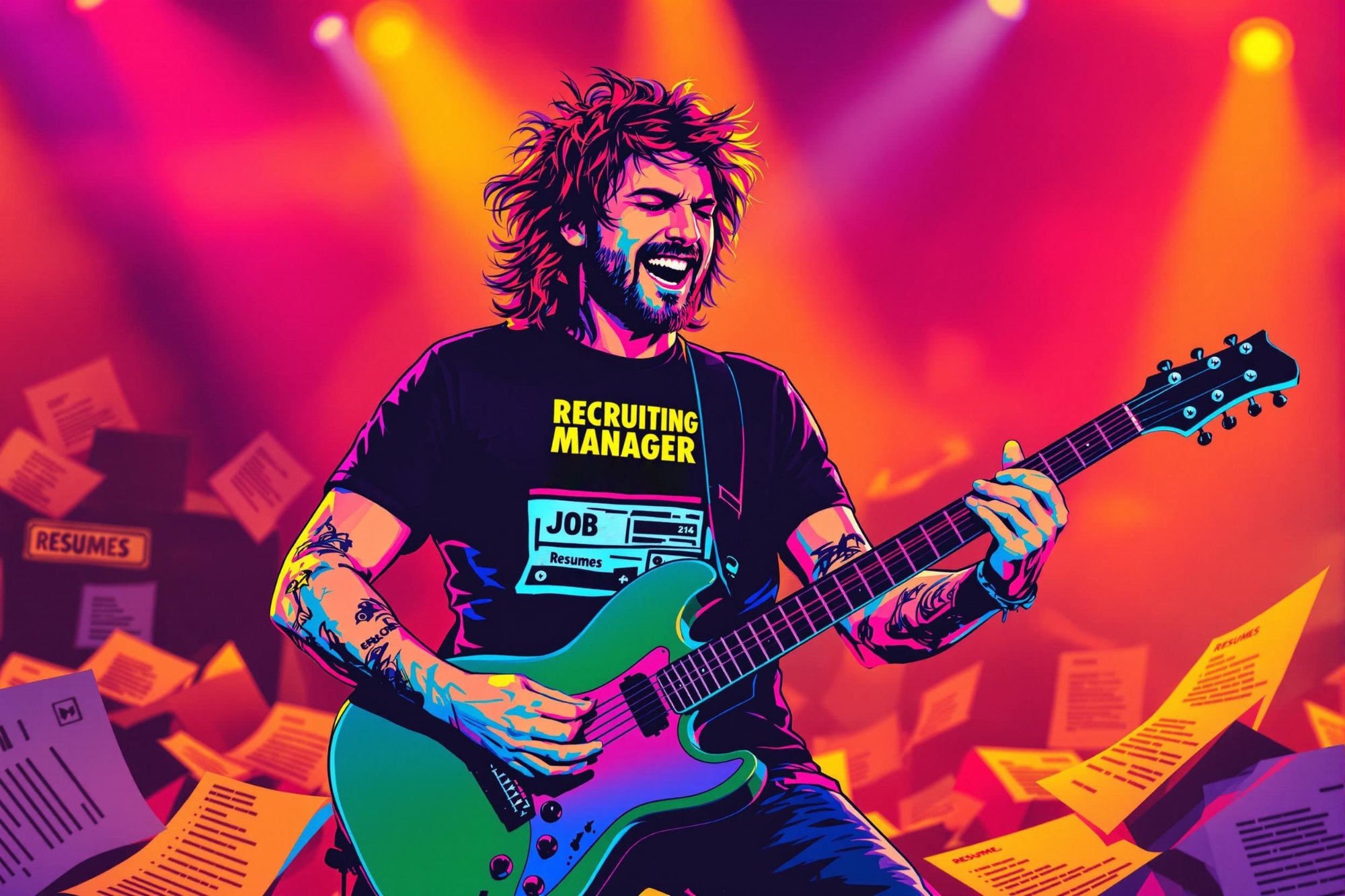
Jib
A Jib is a camera-mounting tool used in film and television production that acts like a crane or boom arm. It allows camera operators to create smooth, sweeping camera movements from various heights and angles that would be impossible to achieve by hand. Think of it as a balanced seesaw for cameras that can move up, down, left, and right while keeping the shot steady. This equipment is essential for creating professional-looking shots in commercials, movies, TV shows, and live events. When you see smooth aerial-like shots that glide over a crowd or gracefully move from ground level to high above a scene, that's often achieved using a jib.
Examples in Resumes
Operated Jib camera for live sporting events and concerts
Specialized in Jib movements for commercial product shots
Lead Jib operator for multiple award-winning documentary films
Typical job title: "Jib Operators"
Also try searching for:
Where to Find Jib Operators
Professional Organizations
Job Boards
Online Communities
Example Interview Questions
Senior Level Questions
Q: How do you plan complex jib movements for a multi-camera live production?
Expected Answer: A senior operator should explain coordinating with directors, understanding timing, planning movements around other cameras, and safety considerations when operating in crowded environments.
Q: What's your approach to training new jib operators?
Expected Answer: Should discuss safety protocols, basic movement techniques, equipment maintenance, and how to gradually build up to more complex shots while maintaining professional standards.
Mid Level Questions
Q: How do you maintain and troubleshoot jib equipment?
Expected Answer: Should be able to explain basic maintenance procedures, common issues, safety checks, and when to call in professional technical support.
Q: Describe a challenging shot you've done with a jib and how you achieved it.
Expected Answer: Should demonstrate problem-solving abilities, understanding of the equipment's capabilities, and ability to work with a team to achieve complex shots.
Junior Level Questions
Q: What are the basic safety procedures when setting up a jib?
Expected Answer: Should know about weight balance, securing the base, checking the surrounding area for obstacles, and basic safety protocols.
Q: What are the main components of a jib and their functions?
Expected Answer: Should be able to identify and explain the basic parts: base, arm, head, counterweights, and control systems.
Experience Level Indicators
Junior (0-2 years)
- Basic jib setup and operation
- Understanding of safety procedures
- Simple camera movements
- Following director's instructions
Mid (2-5 years)
- Complex camera movements
- Equipment maintenance
- Multi-camera coordination
- Live event experience
Senior (5+ years)
- Advanced shot planning
- Team leadership
- Training and mentoring
- Problem-solving under pressure
Red Flags to Watch For
- No knowledge of basic safety procedures
- Lack of physical coordination or spatial awareness
- Unable to work as part of a team
- No understanding of basic camera movements




